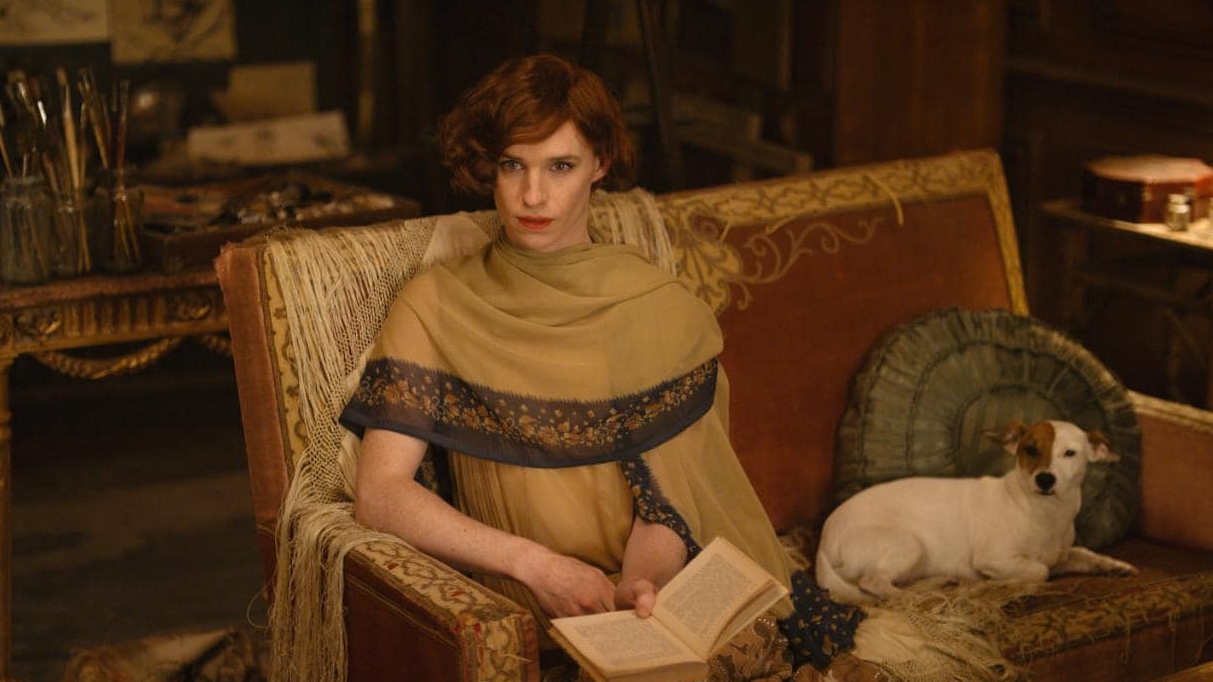8 Simple Rules for Predicting the Best Picture Oscar Winner
In the weeks after the bizarre, unprecedented Best Picture mishap this past February, I investigated how I, and most Oscar predictors, could have gotten it so wrong. As I did my research on Oscar trends and statistics, I realized that, actually, all the clues were pointing to Moonlight triumphing over La La Land. Problem was, we were so cocksure about the musical’s inevitable win we weren’t paying attention. We’re currently in the ‘nobody knows anything’ phase of 2018’s Oscar race, so I decided to use my own eight simple rules to see if I can predict the winner of the Best Picture Oscar…
1. The October/November Rule
Contrary to popular belief, December is not the Oscar-friendly month. You have to go back to 2004 to see a Best Picture winner released in December. Since then, all the winners had at least a limited release by October or November. There were some films that were released in the summer, like Crash and The Hurt Locker. But for the most part, look at October and November. Moonlight premiered in late October; La La Land premiered in early December.
2. Liked by Everyone (And Not Divisive)
The Academy has been using the preferential ballot, which means voters rank the Best Picture nominees. Then if a movie is placed at #1 on more than 50% of the lists, it can win Best Picture. If no movie gets more than 50%, then whichever film is placed at #1 on the fewest lists is eliminated. Then, its ballots get redirected to the #2 choice. (It’s confusing!)
So if a movie (like 2015’s The Revenant) has a small but passionate fan base, it might not be the #1 choice on 51% of the lists. You have to look at films that will most likely be at #2, like the same year’s Spotlight. The Revenant was really divisive among critics and voters, but Spotlight was well-regarded by everybody (no one seemed to hate it). In this case, it helps to dismiss a vocal minority.
3. Pay Attention to the Guild Awards
Looking at the three major guilds—Screen Actor, Directors, and Producers—is crucial. For me, The SAG Award for Best Ensemble is a major indicator. Since the first SAG awards, no Oscar winner has ever been snubbed for the SAG award. A movie doesn’t have to win the SAG Award, but it does have to be nominated. When La La Land failed to get nominated for this award, we all shrugged it off because the film is largely a two-hander. But SAG could have scraped together an ensemble if it wanted to. The Producers Guild and Directors Guild are important as well. But I mostly pay attention to the SAG Awards.
4. Early Bird Doesn’t Get the Worm
The last thing an Oscar hopeful should ever want to be is an early frontrunner. Sure, sometimes it pays off and the early frontrunner wins. But more often than that, the film can’t maintain the buzz during the long haul of Oscar season. This relates to Rule #2 above. If a certain section of the film community is stumping for a film early on, that doesn’t mean the movie is a lock. There’s always time for a backlash, for a film to underperform, or for it to get lost in the shuffle. This past summer, Battle of the Sexes got rave reviews at various festivals and people thought it was a lock. Then it sank like a stone upon release and isn’t even a contender.
5. Spreading the Wealth
Decades ago, the ‘Oscar sweep’ was the norm—one film walking home with 6 or more statues. Nowadays, however, voters are more likely to hand the Best Picture winner two or three more statues, but that’s it. That means, a Best Picture winner doesn’t have to be a technical achievement in the literal sense. Maybe it’s because more unique films are being nominated across the board. I like it better this way frankly, because it makes the ceremony a bit more exciting and viewers don’t have to hear the same theme music playing every ten minutes.
6. ‘Oscar Bait’ is Meaningless
I’ve been noticing that stately, handsome, bland films aren’t getting nominated as much—or if they are, they aren’t winning like in the ‘80s or ‘90s. Some sanitized trash like The Theory of Everything or The Danish Girl might pick up an acting statue, but hardly ever the top prize. Even films that look like traditional Best Pictures are less conventional than you might expect, like 12 Years a Slave, for example.
7. Box Office Matters (In a Way)
While most Best Picture winners won’t crack $100 million at the domestic box office, there needs to be some indication that ordinary people are seeing these films. That could mean a high ‘per theater average’ or strong profit in relation to budget. Word of mouth among audiences is a great way to maintain hype.
8. Rules Don’t Apply
We Oscar obsessives can try out any method to predict the winner we want. But at the end of the day, anything can happen. Perhaps none of my rules apply this year. Maybe one ends up being more important than the others. Who knows?
Having applied my rules to this year’s Oscar race, I think Three Billboards Outside Ebbing, Missouri could take home the big prize. That’s just a guess right now and I look forward to reading this on Oscar night, on March 4, 2018, to see where I went wrong.









































